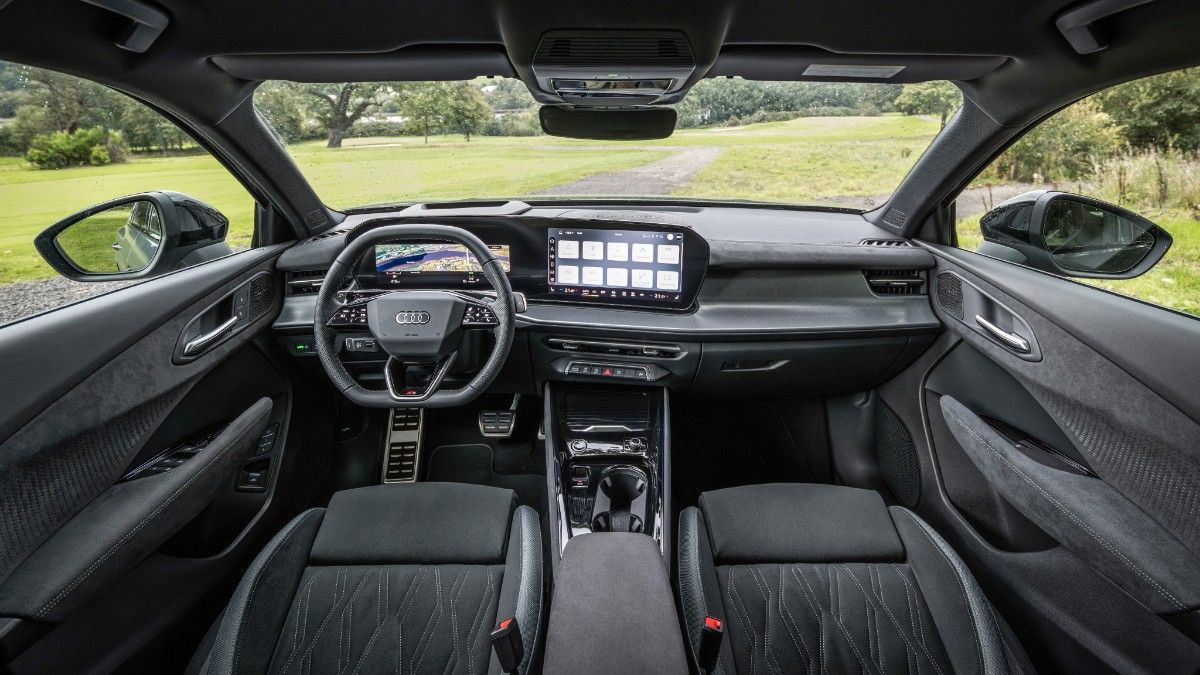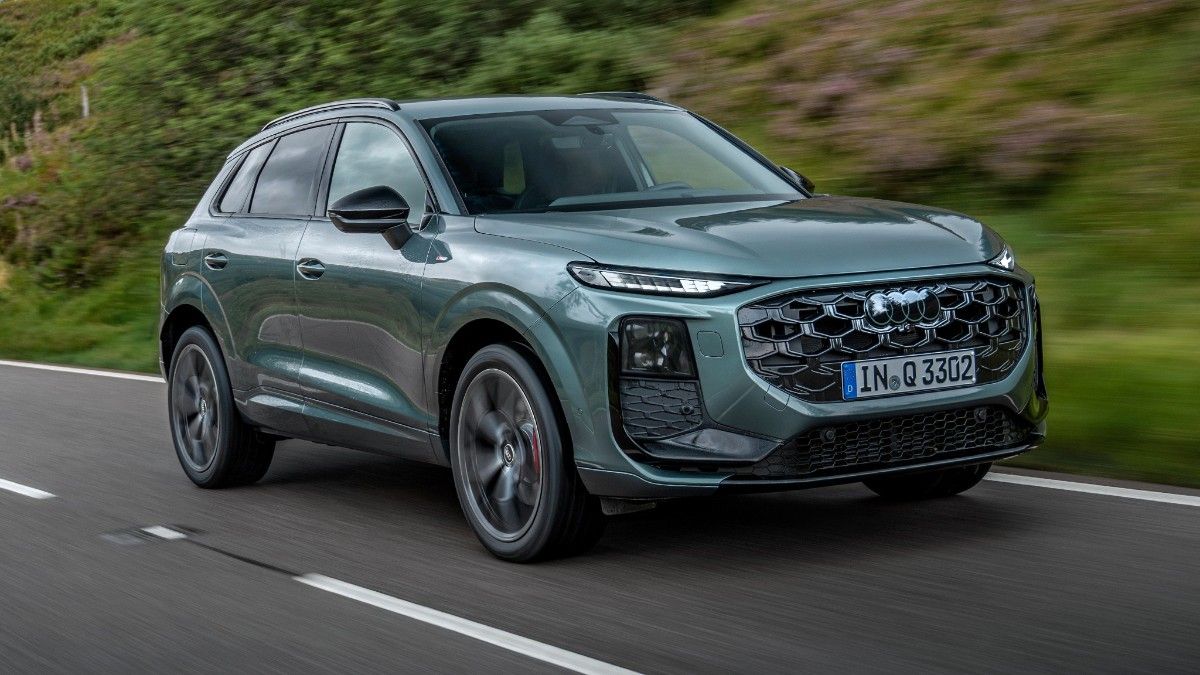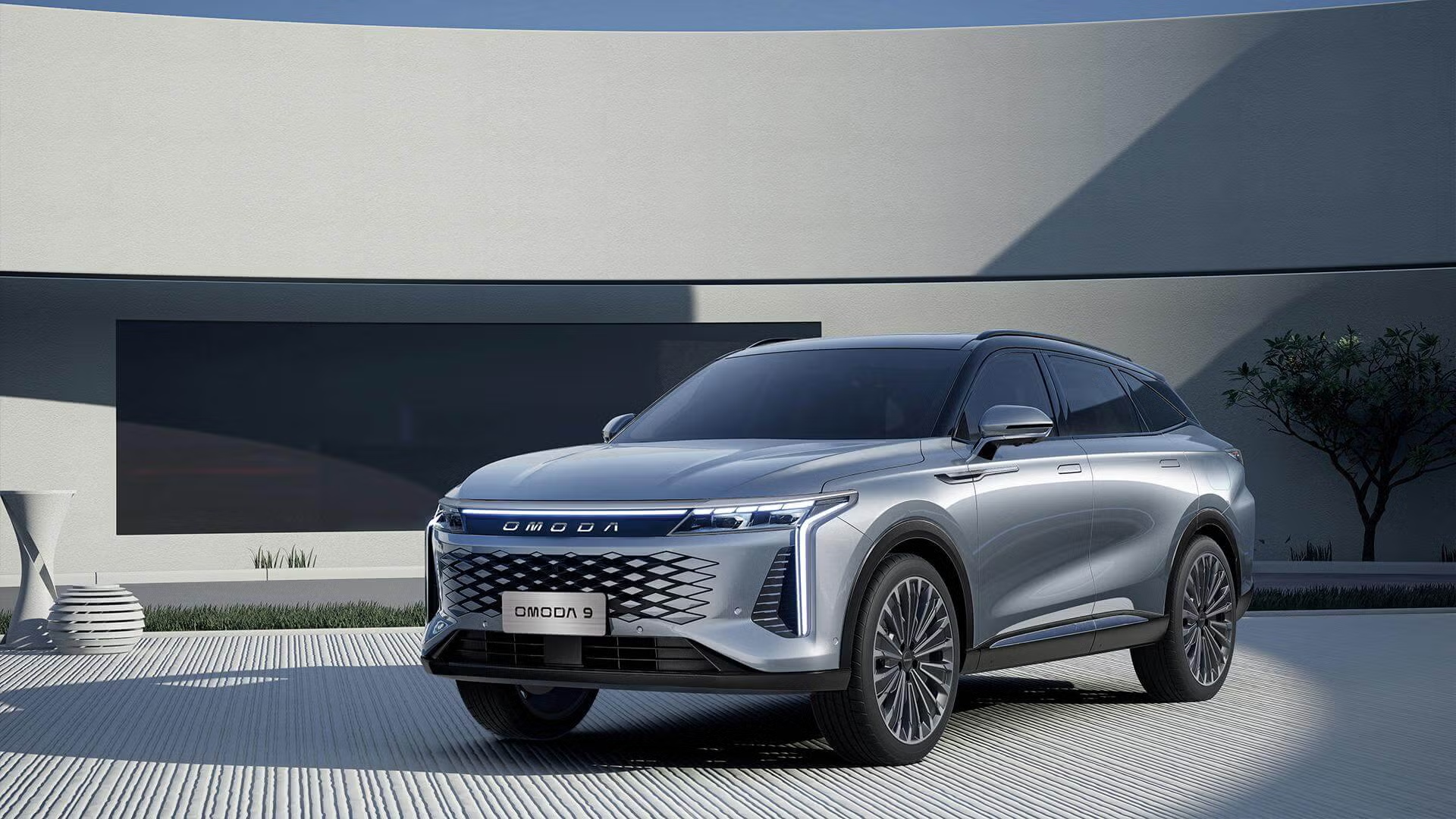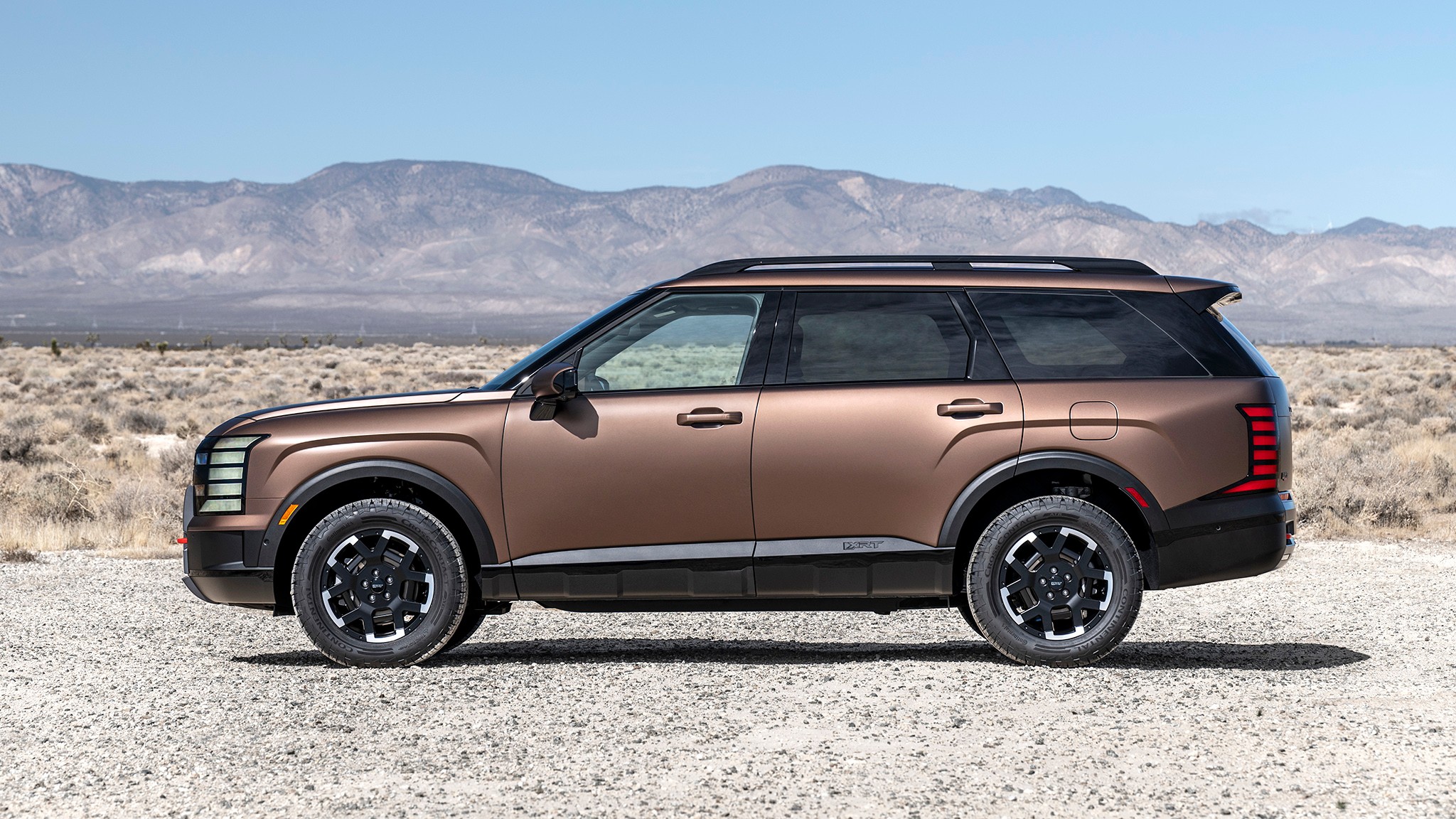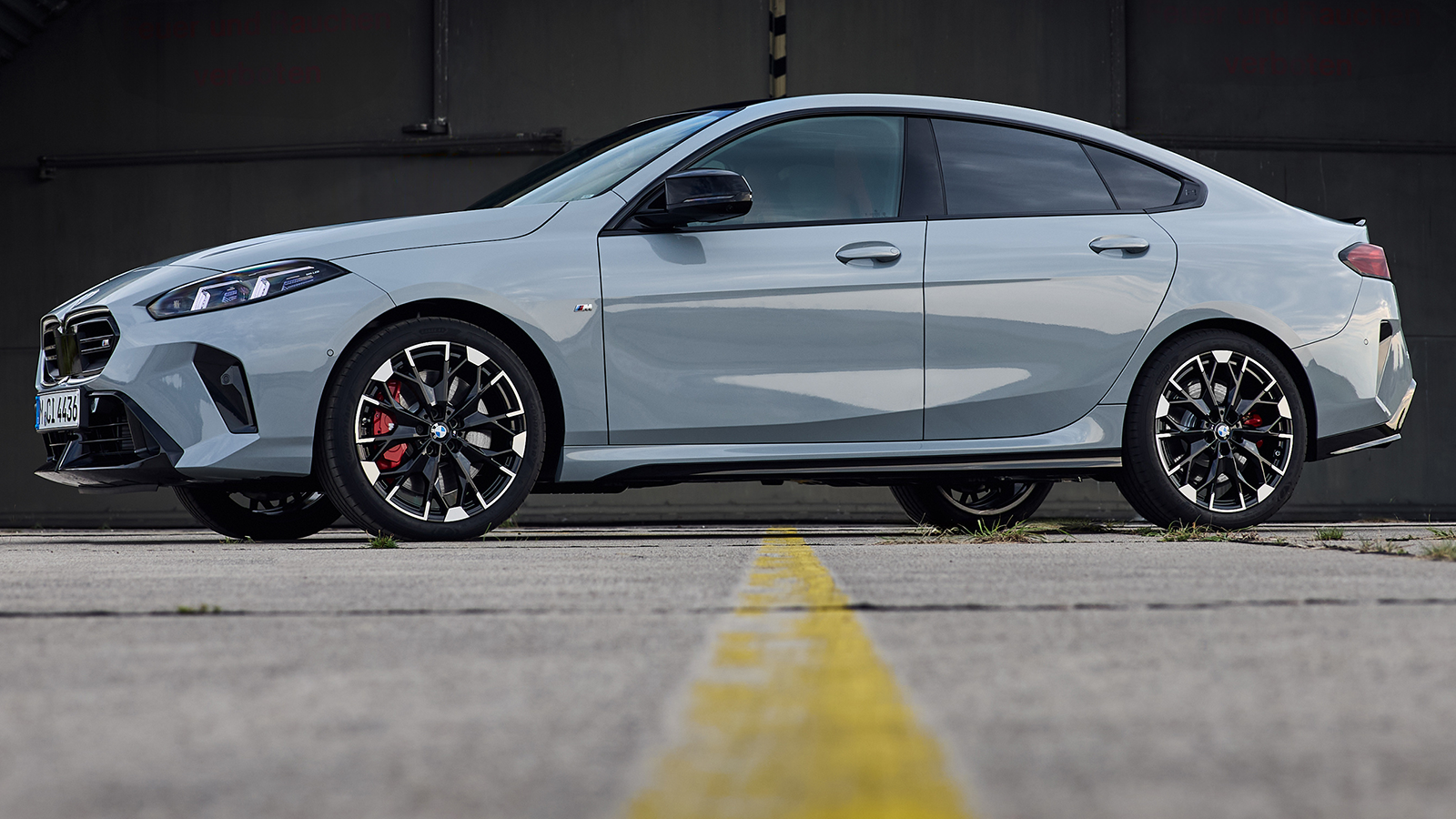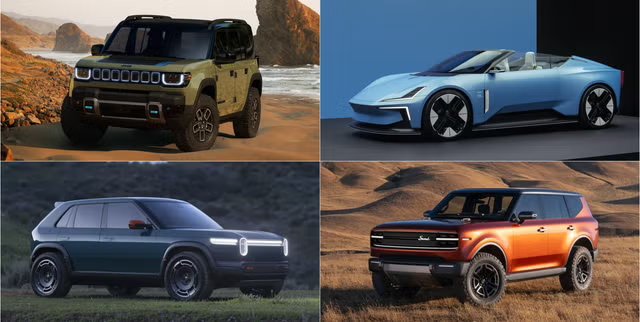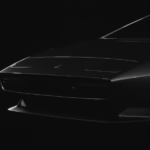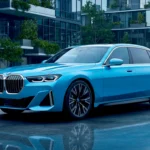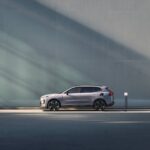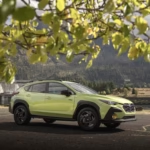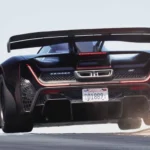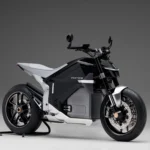If you’ve been eyeing a fresh entry into the luxury SUV world without breaking the bank, the 2026 Audi Q3 might just be the nudge you’ve been waiting for. I just got back from a rainy spin around the Scottish countryside in a European-spec version, and while it’s not hitting US shores until early next year (think Q1 2026), this third-gen refresh has me cautiously excited. Audi’s been teasing it as a “solid evolution” on the updated MQB Evo platform, and from what I felt behind the wheel, it’s ditching some of the old model’s meh vibes for something punchier and more refined. But let’s be real – with rivals like the BMW X1 and Volvo XC40 nipping at its heels, does it truly raise the bar? I’ll break it down based on my drive, plus what we know about the US version so far. Spoiler: It’s quicker, techier, and starting around $41,000 – but a few caveats linger.
Exterior Refresh: Bolder Lines Without the Gimmicks
Pulling up to the 2026 Audi Q3, my first thought was, “Finally, it doesn’t look like it’s trying too hard to blend in.” The old one (2019-2025) was solid but a bit boxy – competent, sure, but forgettable next to sleeker options. This new iteration borrows cues from the bigger Q5 and Q6 e-tron, with a wider Singleframe grille that screams confidence and a sculpted beltline that sweeps from nose to tail, giving it that elongated, athletic stance. It’s grown a tad in every dimension (exact US figures TBD, but expect a slightly longer wheelbase for better stability), making it feel more substantial without ballooning into mid-size territory.
Lighting steals the show here. Standard LEDs up front and a slim rear light bar with optional OLED taillights that can flash pixelated patterns? Chef’s kiss for nighttime presence. And that illuminated four-ring logo on the tailgate? It’s a subtle flex that says “Audi” without shouting. Sadly, the Euro model’s matrix LED headlights – which project warnings onto the road like a sci-fi movie – are off-limits stateside due to regs. Bummer, but at least the US gets a cleaner grille integration for the ADAS sensors (no ugly radar pod ruining the flow).
Standard S Line exterior on all US models means sportier bumpers and 18-20-inch wheels, but skip the red calipers unless an SQ3 hot take is coming (fingers crossed). No Sportback coupe for America, either – Audi’s keeping it simple with the upright SUV shape. Overall, it’s got that premium poise that turns heads in a parking lot full of crossovers.
Interior Upgrade: Digital Stage Takes Center… Well, Driver’s Side
Step inside, and the cabin’s where the “wow” factor really hits. Gone is the old stacked-screen setup; enter the Digital Stage – a sleek, curved housing with an 11.9-inch Virtual Cockpit gauge cluster and a 12.8-inch central touchscreen angled toward the driver like it’s got a personal grudge against passenger distractions. Running Android OS with an app store baked in, it’s snappier than before – Google Maps right in your line of sight via the cockpit display means no more rubbernecking to the center screen. Voice controls feel natural (that AI assistant actually listens), and you’ve got wireless Apple CarPlay, Android Auto, and a Sonos sound system as standard.
Ergo wins, too: The shifter, wipers, and signals now live on steering-column stalks (yeah, it’s weird at first – felt like relearning to drive my grandpa’s old Buick), but it frees up console real estate for two decent cupholders and a cooled wireless charger. US buyers get leather seats (no sporty microfiber buckets like my tester), open-pore wood dash trim (over aluminum – Audi says Yanks prefer it), and a standard panoramic sunroof. Rear space is generous for a subcompact – I had no complaints sliding behind my 6’2″ seat position – with 40/20/40 split-folding seats that slide and recline manually. Cargo? Up 1.6 inches to about 23 cubic feet behind the seats, still trailing the X1 but fine for groceries or weekend gear.
Fancy touches like laser-perforated fabric door panels with 30-color ambient lighting add that “I’m in a $50K ride” vibe without feeling overdone. It’s quieter, too, thanks to acoustic glass – a nice hush for highway drones.
On the Road: Peppier Punch, But US Ride TBD
Alright, the fun part – how’s it drive? My Euro tester had the adaptive suspension (two-valve dampers that firm up on demand), and hoo boy, it transformed the Q3 from “adequate” to “engaging.” Over Scotland’s twisty B-roads, it soaked up bumps without that old model’s post-impact jiggle, and the chassis felt planted in corners – no more floaty nonsense. Steering’s variable-rate setup dials in feel progressively; I kept it in Comfort for daily jaunts, but Dynamic mode added bite without twitchiness.
Powertrain? The 2.0-liter turbo four pumps 255 hp and 273 lb-ft in US tune (up from 228/251), mated to a seven-speed dual-clutch auto and standard Quattro AWD. Audi claims 0-60 in 5.5 seconds – my drive felt gutsy off the line with launch control, snappier shifts, and a throaty exhaust note that punches above its weight. Top speed’s capped at 130 mph for us (149 in Europe). Brakes needed a firm foot for modulation, but it hauled from 70-0 without drama.
Caveat: US models stick with a fixed suspension tuned sportier than the old one’s mush, but without adaptives. Early word says it’ll handle better than before, but I’ll reserve judgment until I thrash a stateside one. Fuel economy? Expect mid-20s MPG combined – not class-leading, but efficient enough for the segment. Towing hits 4,630 pounds, pre-wired for hitches.
Pros and Cons: The Good, The Meh, and What to Watch
No sugarcoating – here’s the scorecard from my drive and specs deep-dive:
Pros:
- Revved-Up Performance: 255-hp boost and DCT trans make it feel alive – 0-60 in under 6 seconds? Yes, please.
- Tech Overload: Digital Stage is intuitive and future-proof; nav in the gauges is a game-changer for focus.
- Refined Ride (Potentially): Adaptive Euro setup shines; US fixed tune promises less bounce.
- Value Play: Starts under $45K with Quattro and S Line standard – premium without the premium price tag.
Cons:
- US Spec Shortfalls: No adaptives, matrix lights, or PHEV – feels like we’re getting the “diet” version.
- Stalk Learning Curve: Column controls are quirky; took me a loop to not hit wipers instead of turn signals.
- Cargo Still Lags: Better than old Q3, but BMW X1 edges it for haulers.
- Brake Feel: Variable pedal effort in wet conditions – needs fine-tuning.
How Does the 2026 Audi Q3 Stack Up? Quick Rival Rundown
In the cutthroat luxury subcompact SUV arena, the Q3’s no slouch. Against the BMW X1 (starting ~$42K, 241-hp turbo, sharper handling but thirstier on tech), it trades agility for Audi’s smoother composure and superior infotainment. The Volvo XC40 (~$40K, up to 247 hp, comfier urban cruiser with eco creds) wins on style and safety, but trails in rear space and punch – Q3 feels more “premium daily driver.” If you’re cross-shopping, the Q3 nails the balance for tech-savvy families; X1 for enthusiasts; XC40 for chill vibes.
Verdict: A Worthy Refresh – But Drive Before You Buy
Clocking in at 8/10 for me (bumping to 8.5 if US ride delivers), the 2026 Audi Q3 sheds its “good enough” skin for something genuinely compelling. It’s not reinventing the wheel – no EV here yet, and Europe hogs the fun bits – but for an entry-level luxury subcompact SUV, it punches way above. At ~$41K-$47K depending on trims (tariffs could nudge it up), it’s a smart gateway to Audi ownership, especially if you value Quattro grip and that four-ring cachet.
If you’re in the market, hold tight for US deliveries – I’ll update once I log miles on our spec. What’s your take? Q3 over X1, or holding out for XC40? Hit the comments, and if you’re SUV shopping, check our guides on the best luxury crossovers for 2026. Safe drives out there!
Source- caranddriver & motortrend




